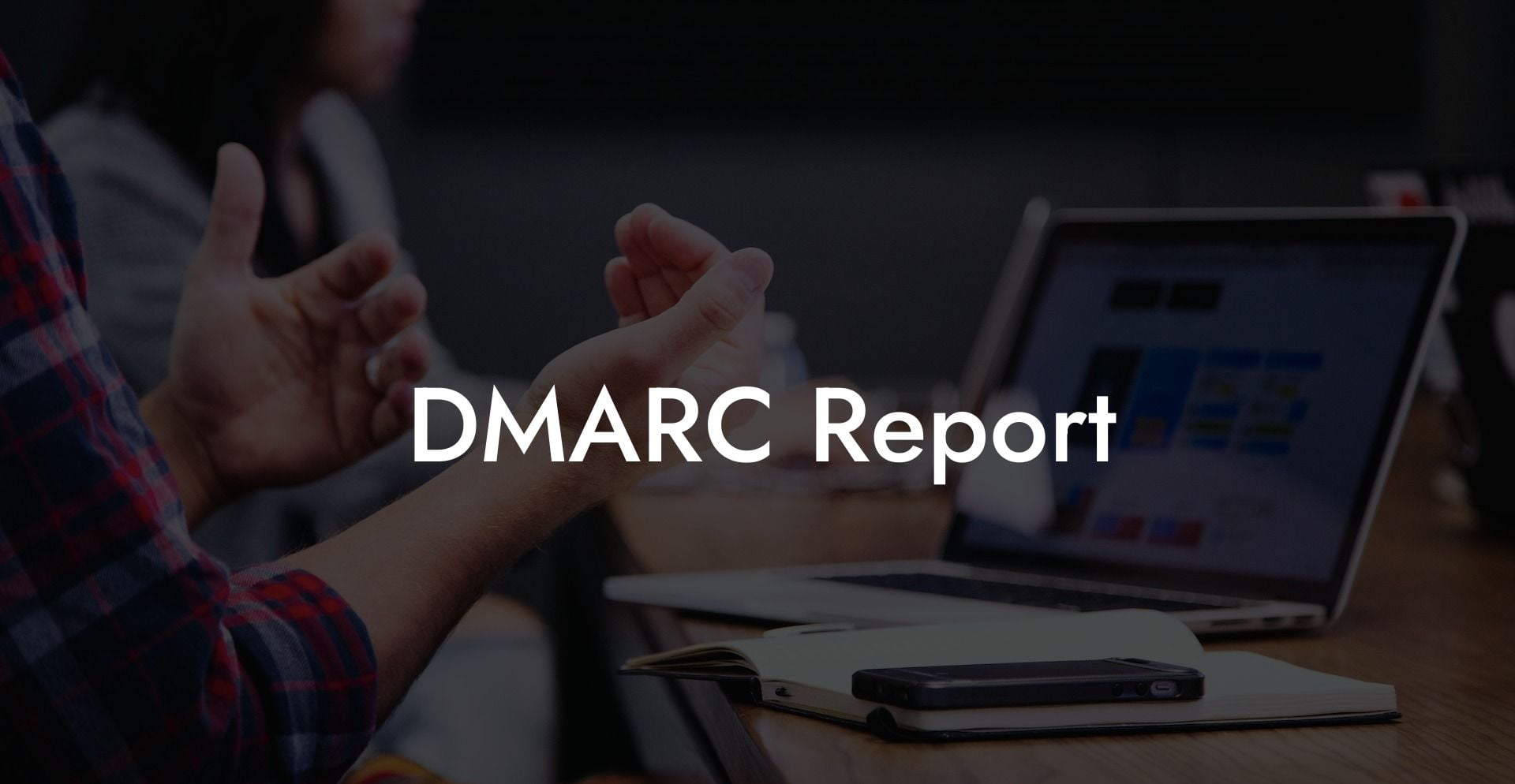Email security is a matter of great importance for both individuals and organizations. With the ever-evolving landscape of cyber threats, protocols like DMARC have become essential to combat phishing and spam. In this blog post, we will discuss the DMARC report, what it is, how it helps in email protection, and how organizations can utilise it for effective cybersecurity.
DMARC Report Table of Contents
Understanding DMARC
Domain-based Message Authentication, Reporting, and Conformance (DMARC) is an email validation protocol designed to protect a domain from unauthorized use, phishing, and spam. It is built on top of two existing authentication mechanisms: Sender Policy Framework (SPF) and DomainKeys Identified Mail (DKIM).
Protect Your Data Today With a Secure Password Manager. Our Top Password Managers:
DMARC ensures that the email sender is legitimate, and the emails received aren't tampered with or from a suspicious source. It tells the receiving server how to treat the emails that fail the DMARC, either by quarantine (placing them in the spam folder) or rejecting the email.
What is a DMARC Report?
DMARC reports, also known as DMARC Aggregate Reports, are XML files received from email servers worldwide that process your domain's incoming emails and check for DMARC compliance. These reports provide valuable insights into a domain's traffic, allowing the domain owner to understand email sending practices and implement corrective actions to enhance the domain's security.
DMARC reports include information such as:
- Date range of the report.
- Name of the organization generating the report.
- Email address to contact the report sender.
- Reported email volume, detailing the percentage of compliant and non-compliant emails.
- Domain alignment of SPF and DKIM, indicating whether they are passing or failing the checks.
- Disposition policy applied, meaning the domain owner's intended action for failing emails (none/quarantine/reject).
Benefits of DMARC Reports
DMARC reports offer several benefits for email security:
- Increased Visibility: DMARC reports provide insight into a domain's email traffic, helping organizations identify the authorized and unauthorized sources sending emails on their behalf.
- Improved Deliverability: Implementing DMARC helps improve the domain's reputation, reducing the chances of legitimate emails ending up in the recipient's spam folder.
- Protection Against Spoofing: DMARC can detect phishing attempts where the attacker impersonates a legitimate domain to steal sensitive user information (such as passwords and credit card numbers).
- Enhanced Security: Detecting and blocking unauthorized email sources contribute to overall cybersecurity and protect against targeted attacks.
Implementing DMARC and Generating Reports
To start receiving DMARC reports, organizations need to follow these steps:
- Ensure that they have implemented SPF and DKIM authentication mechanisms for their domain.
- Create a DMARC policy by adding a DMARC record to the domain's DNS. This record should include details about reporting options, such as email addresses to receive the reports and desired actions for non-compliant emails (none, quarantine, or reject).
- Monitor and analyze the received DMARC reports to identify trends, issues, and potential threats.
- Take corrective actions to strengthen email security, such as updating SPF and DKIM records, implementing stricter policies, or blocking malicious sources.
DMARC Report Example:
Imagine receiving a DMARC report that indicates a high percentage of non-compliant emails sent from an unauthorized third-party email service. By analyzing the report, domain owners can detect and block this unauthorized source, mitigating possible attacks.
If domains owners find legitimate sources of emails with failed DMARC authentication, they can work with the source provider to rectify the issue ensuring the legitimacy of their email traffic.
In conclusion, DMARC reports are invaluable tools for enhancing email security and protecting against phishing and spam. By implementing DMARC, organizations can ensure a secure email environment, increase deliverability of legitimate emails, and safeguard their domain reputation. If you found this guide helpful, please share it with others and explore more of our expert content on voice phishing and cybersecurity to stay ahead of evolving threats.
Protect Your Data Today With a Secure Password Manager. Our Top Password Managers:















